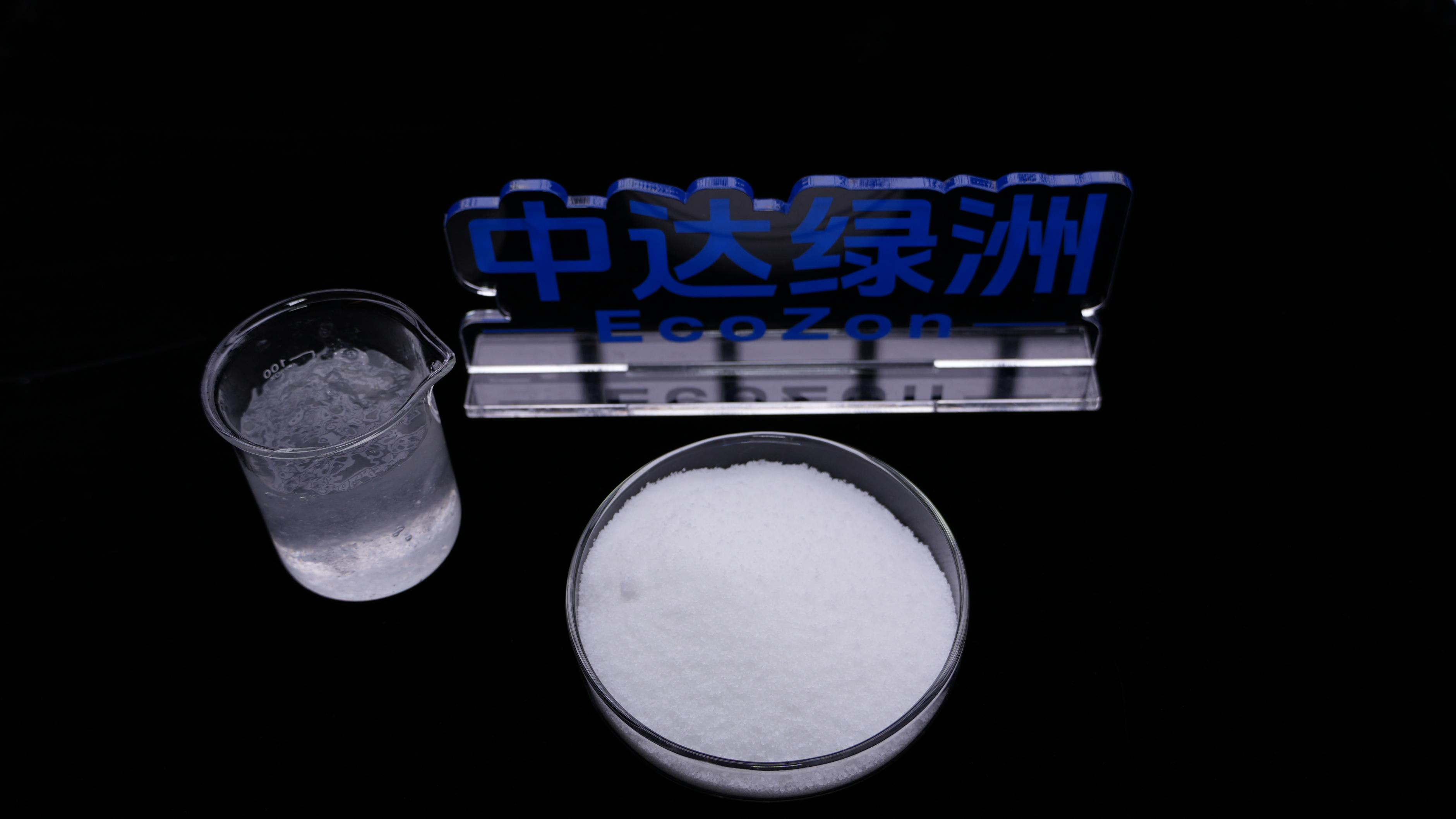Polyacrylamide
Polyacrylamide (PAM) is an essential flocculant used in water treatment processes. Due to its excellent flocculation, coagulation and viscosity-building properties, it has an excellent ability to remove suspended solids and purify water.
- Excellent Flocculation
- High Adsorption Capacity
- Viscosity Regulation
- Wide Adaptability
- Environmental-Friendly
Polyacrylamide Description
Polyacrylamide (PAM) is a linear water-soluble polymer formed by the polymerization of acrylamide monomers. It appears as a white powder that dissolves readily in water but poorly in most organic solvents.
Based on ionic characteristics, polyacrylamide can be classified into cationic polyacrylamide (CPAM), anionic polyacrylamide (APAM), and nonionic polyacrylamide (NPAM). Different ionic types can be used in specific application scenarios according to water conditions.
Polyacrylamide can be used as a flocculant, thickener, paper enhancer, and drag reducer for liquids. It is widely used in many fields such as water treatment, oil extraction, papermaking, textiles, agriculture, drilling, etc.
Polyacrylamide Technical Specifications
|
Item |
Cationic Polyacrylamide |
Anionic Polyacrylamide |
Nonionic Polyacrylamide |
|
Appearance |
White Powder |
White Powder |
White Powder |
|
Solid Content (%) |
≥90 |
≥90 |
≥90 |
|
pH Value |
7-14 |
5-14 |
7-14 |
|
Molecular Weight (million) |
6-15 |
12-30 |
8-12 |
|
Degree of Ion (%) |
10-60 |
10-60 |
≤5 |
|
Degree of Hydrolysis (%) |
- |
20 |
20 |
|
Dissolution Time (min) |
≤60 |
||
|
Water Insolubles (%) |
≤0.05 |
≤0.3 |
≤1.0 |
|
Sulfate Content (%) |
≤0.05 |
≤0.5 |
≤1.0 |
Polyacrylamide Applications
Water Treatment:
Municipal Water Treatment: Used as a flocculant, it effectively removes suspended solids from water, reducing the cost of wastewater treatment.
Industrial Wastewater Treatment: Rapidly aggregates solid particles in wastewater to form larger flocs, facilitating sedimentation and filtration.
Oil & Mining:
Enhanced Oil Recovery (EOR): Improve the efficiency of water flooding in oilfields, increase oil production rates, treat wastewater produced in oil extraction.
Solid-Liquid Separation: Separate valuable minerals from waste materials, remove impurities, and improve efficiency and recovery rates.
Papermaking & Textile:
Retention and Drainage: Used as a paper retention agent to retain fibers and fillers in the paper pulp, improve paper quality and reduce water consumption.
Textile Wastewater Treatment: Used in textile industries for treating effluents, removing dyes, oils, and other contaminants from wastewater.
Agriculture:
Agriculture Irrigation: Effectively reduces soil erosion and enhances water retention capacity.
Aquaculture: Effectively improves water quality in aquaculture environments and reduces concentrations of harmful substances in water.
Polyacrylamide Package & Storage
Package: Packed in 25kg/1000kg paper-plastic composite bags, or as customer's requirement.
Storage: Stack no more than 20 layers. Shelf life is 2 years. Store in a cool, shaded, well-ventilated, and dry location, keep away from moisture.
Why Choose EcoZon
EcoZon specializes in the manufacturing and sales of water treatment chemicals. Our main products include polyacrylamide, polyaluminium chloride, glucose, sodium acetate, and various other chemicals. Our products are exported to Thailand, Vietnam, Indonesia, Russia, and many other countries.
- Products comply with ISO 9001:2015 certification
- Offer product consultation and technical support
- Provide product samples, assist with sample testing
- Customized packaging and delivery requirements











